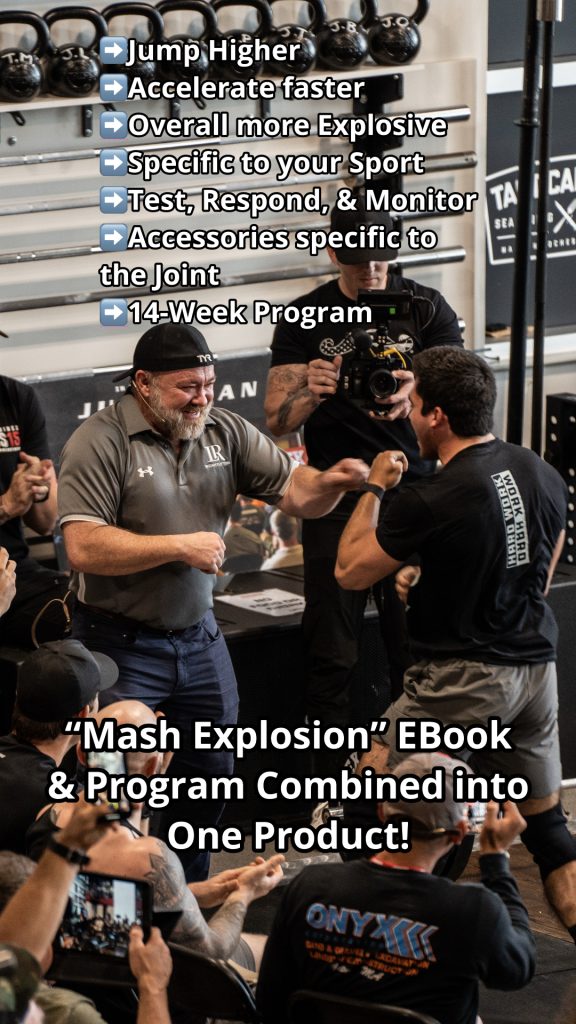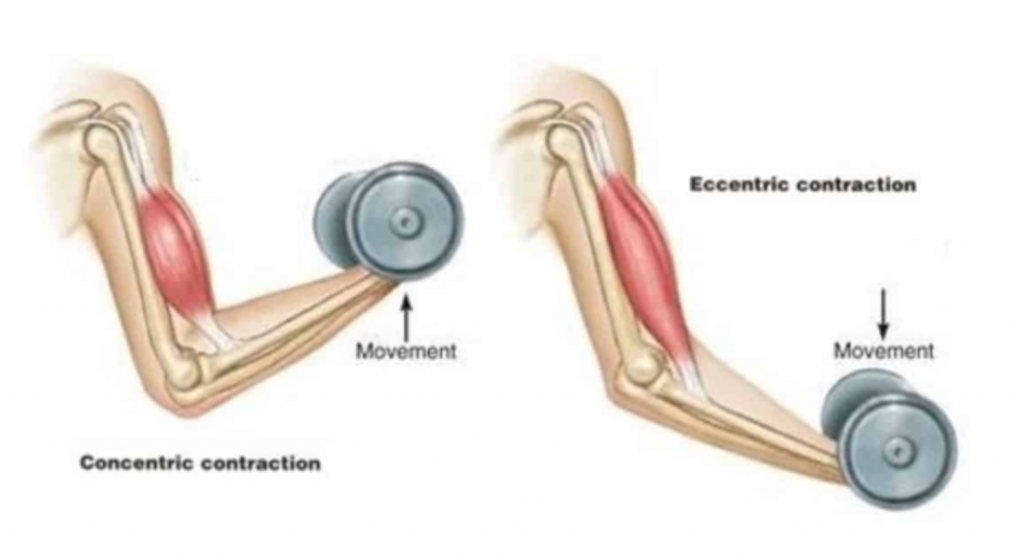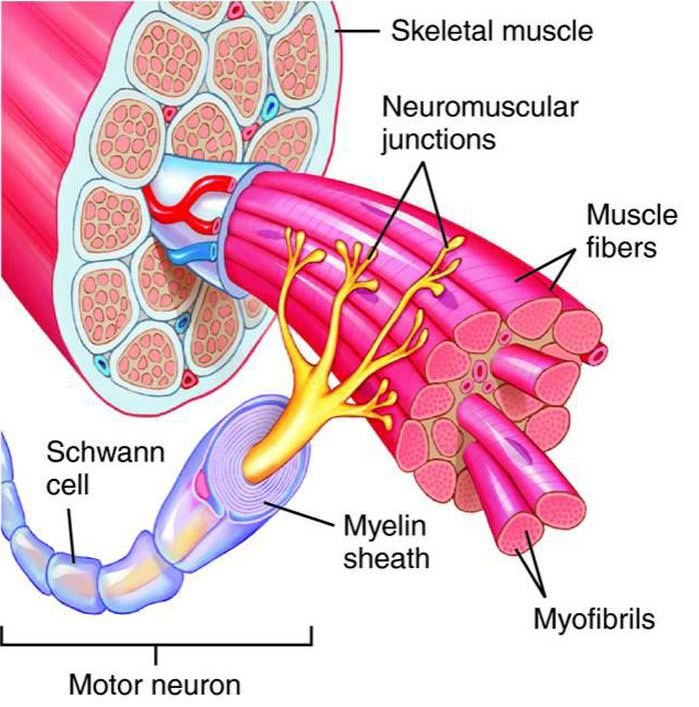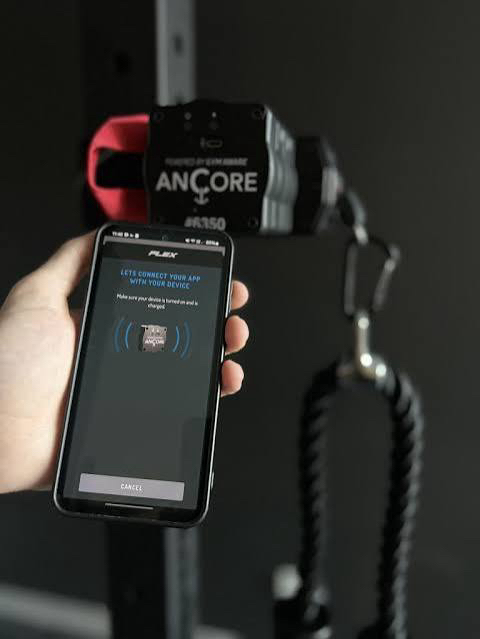The Principle of Specificity, often known as the SAID principle (Specific Adaptations to Imposed Demands), asserts that your body responds to training by developing targeted improvements based on the exact stresses you apply. This core concept doesn’t delve deeply into the underlying biology driving these changes, but it underscores how gym workouts translate, or don’t, to real-world athletic performance. In this overview, we’ll break down the nuances of specificity, helping coaches and athletes alike bridge the gap between weight room gains and on-field results.
If you follow Chris Beardsley, you will notice that a lot of these adaptations flow with what he calls transfer of training. It’s because the principle of specificity states the very things that transfer when we train. It’s all very specific. When a coach really grasps this principle, their chance of error drastically declines.
By Coach Travis Mash, MSc
Table of Contents
- Contraction mode (concentric, eccentric, isometric)
- Concentric
- Eccentric
- Isometric
- Range of Motion
- Muscle Group and Fiber Type
- Point of Strength Endurance Continuum
- External resistance
- Velocity
- Force of Contraction and the Rate of Force Development
- Fatigue
- Energy System
- Force Vector
Before we jump into it, here’s the latest product from Mash Elite: The Mash Explosion EBOOK and Program in One

Click on the Pic for more information! Or learn more here: Mash Explosion Product for only $59 for the EBOOK and the 14 Week Program.
Types of Muscle Contractions: Concentric, Eccentric, and Isometric
Muscles contract in three main ways during exercise. A concentric contraction happens when the muscle shortens while generating force, like curling a dumbbell to flex your biceps and forming that classic peak. An eccentric contraction occurs as the muscle lengthens under tension, such as controlling the descent in a squat as your quads stretch. Isometric contractions involve no length change; instead, the muscle holds steady against resistance, like pausing at the bottom of a squat.

Image 1 Contraction Mode
In essence, emphasizing one type builds proficiency in that mode alone. Heavy concentric focus enhances shortening-phase power; eccentric work boosts controlled lengthening; isometrics sharpen static force maintenance. But why does this happen? Each mode triggers unique physiological shifts, tailored to the demands.
For sport-specific needs, prioritize the contraction type that aligns with your athlete’s requirements. Dive deeper into these adaptations from some of my former articles that I wrote for GymAware:
Over the coming weeks, I am going to rewrite each of these with the latest science in each. I will also add some of the ways that I apply these modalities to my own athletes at Rise Indoor Sports.
Here are some examples of the way we use Accentuated Eccentric Loading:
Joint Angles and Movement Ranges
Strength gains are highly localized to the angles and ranges you train. Logically, this suggests sticking to sport-relevant motions, but it’s not that simple. While prioritizing the exact ranges your athlete needs is essential for stability and performance, broader ranges promote overall mobility and injury resilience.
Aim for full-range training as a default, but incorporate partial ranges strategically for precision. For a comprehensive look, see: Targeted Range Training for Specific Gains.
Here’s a Video showing some of the different ways that we play around with Range of Motion:
Targeting Muscles and Fiber Profiles
It’s no surprise that trained muscles grow larger and stronger than untrained ones. Yet, the science of muscle growth (hypertrophy) adds layers for performance pros.
Hypertrophy can emerge from light loads with high reps or heavier loads with fewer reps—both build size, but they sculpt different qualities. Explore the details in: Hypertrophy Basics: Science to Practice.

Image 2 Neuromuscular Junction
The Strength-Endurance Spectrum
Load and rep schemes dictate your outcomes along this continuum. Light-to-moderate weights with high reps favor endurance-oriented growth; heavy loads with low reps build raw power; and explosive lifts with lighter loads at top speed hone velocity.
Quick overview:
- High-rep, moderate loads: Muscle growth tilted toward stamina or muscular endurance.
- Low-rep, heavy loads: Hypertrophy geared for maximal strength.
- Speed-focused reps: Enhanced quickness and power output.
For more on velocity’s role, read: Velocity-Driven Training: Speed Shapes Adaptation.
Forms of External Load
Beyond barbells and plates, options like bands and chains (pioneered by Louie Simmons at Westside Barbell) introduce variability. Free weights provide constant resistance; variable tools ramp it up or down throughout the range.
The best choice? Context-dependent—match it to your goals. My article from GymAware: Variable Resistance: Bands, Chains, and Beyond.
⇒ Here are a few ways I am currently using Bands during my Hypertrophy Training.
Rep Speed: Explosive vs. Controlled
As touched on earlier, intent matters. Maximal effort recruits fast-twitch fibers and high-threshold motor units, amplifying power. True compensatory acceleration, pushing as hard as possible from the start, unlocks peak athletic potential.
See my latest article: Unlocking Compensatory Acceleration.
On the flip side, deliberate slow tempos (often hyped as “time under tension”) offer limited upsides compared to explosive work. Get the facts from this article I wrote for GymAware: Time Under Tension: Hype or Helpful?.
Magnitude and Speed of Force Output
Training must mirror the force demands of your sport, not just in total output, but in timing. A quarterback might not need a 605 lb deadlift at 0.3 m/s, but a linebacker thrives on cleans at 1.0 m/s or squats at 0.7 m/s.
Start with the basics of recruitment from an article I also wrote for GymAware: The Size Principle Explained.
Then, Rate of Force Development from a former article for GymAware: Mastering Rate of Force Development.
Training Under Fatigue
Modern coaching emphasizes fatigue mirroring game conditions, ditching outdated “run-them-ragged” approaches. Train fatigued to teach resilience, but monitor to avoid burnout, speed suffers if overdone.
Track readiness with, you guessed it, an article I wrote for GymAware: Velocity-Based Fatigue Assessment.
This is the last article from my series with GymAware, I promise. It’s just that I wrote so much great contact for coaches that aren’t familiar with these topics. I am going to update all of them over the next few years.
Fueling the Effort: Energy Pathways
Your body taps three energy systems sequentially: phosphocreatine for bursts under 10 seconds, glycolysis for 10 seconds to 2 minutes, and aerobics for sustained efforts via carbs and fats.
Train in the dominant system for your sport to prime it and not overdo it. Otherwise, you run the risk of stalling adaptations.. Dr. Andy Galpin unpacks this in his insightful video:
Energy Systems by Dr. Andy Galpin
Direction of Force Application
Force isn’t scalar—it’s directional: up-down, side-to-side, forward-back, or twisting. Vertical/horizontal gains can indirectly aid rotation, but direct work maximizes directional prowess.
For expert insights, check Chris Beardsley’s piece: Force Vectors and Strength Types.
Here’s a video showing some new ways that we are training specific vectors with the Ancore Trainer and the GymAware Data Plate:
Ancore Trainer and Data Plate with Coach Mash

Wrapping It Up
Coaches aim to forge athletes who outmuscle, outspeed, and outexplode the competition. Specificity provides the roadmap, revealing targeted transfer across these elements:
- Contraction type
- Movement range
- Targeted muscles
- Load-rep balance
- Resistance type
- Rep tempo
- Force quantity and quickness
- Fatigue levels
- Energy demands
- Force direction
Beyond the SAID basics, these physiological tweaks drive real change. This resource equips you with a unified view of specificity, empowering smarter programming for today’s and tomorrow’s triumphs.
References
- Suchomel TJ, McKeever SM, Comfort P. Training With Weightlifting Derivatives: The Effects of Force and Velocity Overload Stimuli. J Strength Cond Res. 2020 Jul;34(7):1808-1818. doi: 10.1519/JSC.0000000000003639. PMID: 32398635.
- Taylor, J. L., Amann, M., Duchateau, J., Meeusen, R., & Rice, C. L. (2016). Neural Contributions to Muscle Fatigue: From the Brain to the Muscle and Back Again. Medicine and science in sports and exercise, 48(11), 2294–2306. https://doi.org/10.1249/MSS.0000000000000923
- Lavallée, L., & Flint, F. (1996). The relationship of stress, competitive anxiety, mood state, and social support to athletic injury. Journal of athletic training, 31(4), 296–299.
